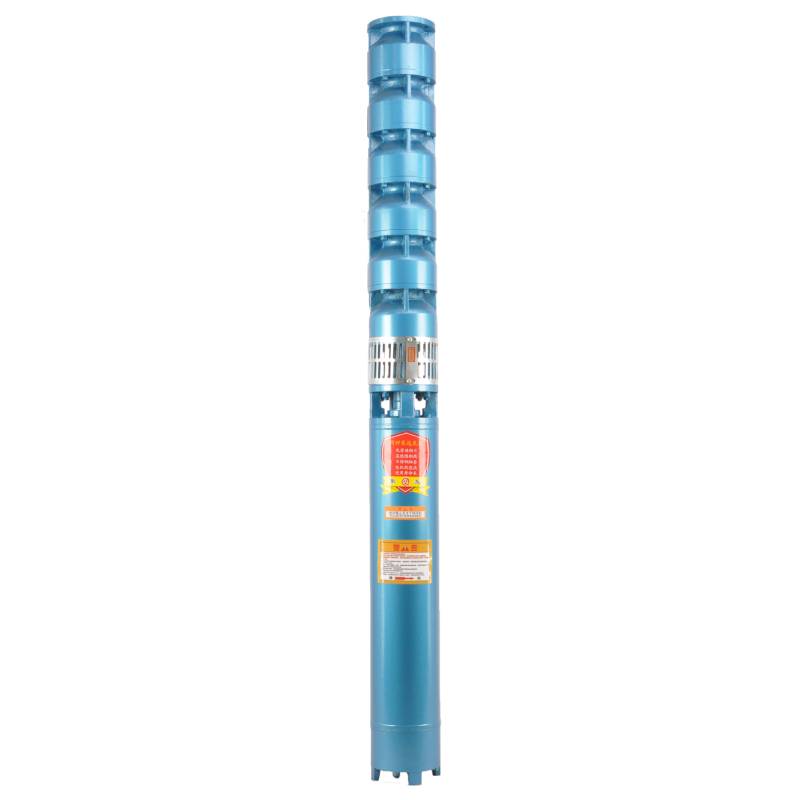Dec . 11, 2024 10:07 Back to list
Choosing the Right Submersible Pump for Your Well A Comprehensive Guide
Submersible Pumps in Well Applications
Submersible pumps are a crucial technology in the field of water extraction and management, particularly when it comes to well applications. Designed to operate underwater, these pumps are not only efficient but also versatile, making them ideal for a variety of purposes, from domestic water supply to agricultural irrigation.
What is a Submersible Pump?
A submersible pump is a device that is fully submerged in the fluid it is pumping. Unlike traditional pumps that sit above the liquid, submersible pumps are designed to push fluid to the surface from beneath the water level, making them particularly well-suited for deep wells. The pump consists of a hermetically sealed motor and a pump body, which work together to create a reliable and efficient pumping system.
How Do Submersible Pumps Work?
The operation of a submersible pump is relatively straightforward. When the pump is submerged, the motor turns a shaft connected to impellers, which create suction that draws water into the pump inlet. The impellers then push the water up through the discharge pipe toward the surface. This design not only reduces the risk of cavitation—where vapor bubbles form and potentially damage the pump—but also ensures that the pump operates efficiently at greater depths.
Applications of Submersible Pumps
Submersible pumps are widely used in various applications. In residential settings, they are often employed for borewell water extraction, providing families with a reliable supply of potable water. Their quiet operation and efficient designs make them perfect for these settings, ensuring that households can enjoy a consistent water flow without disrupting their daily lives.
submersible pump well

In agricultural applications, submersible pumps play a pivotal role in irrigation. They can pull water from aquifers to irrigate crops, ensuring that farming operations can flourish even in regions with limited surface water. This capability is essential in sustaining food production and supporting agricultural economies, especially in arid regions.
Additionally, submersible pumps are integral in industrial settings, such as groundwater management, dewatering applications at construction sites, and even in wastewater management systems. Their ability to handle various types of fluids—whether clean water or sludge—makes them invaluable in maintaining operational efficiency across numerous sectors.
Advantages of Submersible Pumps
The benefits of submersible pumps are numerous. First, their design allows them to operate quietly and safely underwater, reducing noise pollution and minimizing the risk of accidents. Furthermore, since the pump is submerged, it is often more energy-efficient compared to surface pumps, as it does not need to work against atmospheric pressure.
Moreover, submersible pumps are generally more durable and require less maintenance. Their sealed design protects the motor from moisture and debris, contributing to a longer lifespan compared to traditional pumps.
Conclusion
In summary, submersible pumps have effectively transformed the way we approach water extraction and management in various applications. Their efficiency, durability, and versatility make them a preferred choice for wells, irrigation systems, and industrial processes. As technology advances, we can expect to see even more innovative uses for submersible pumps, further enhancing our ability to manage water resources sustainably and efficiently. Whether for residential use or large-scale agriculture, submersible pumps will continue to play a critical role in meeting the world's growing water needs.
-
Submersible Water Pump: The Efficient 'Power Pioneer' of the Underwater World
NewsJul.01,2025
-
Submersible Pond Pump: The Hidden Guardian of Water Landscape Ecology
NewsJul.01,2025
-
Stainless Well Pump: A Reliable and Durable Pumping Main Force
NewsJul.01,2025
-
Stainless Steel Submersible Pump: An Efficient and Versatile Tool for Underwater Operations
NewsJul.01,2025
-
Deep Well Submersible Pump: An Efficient 'Sucker' of Groundwater Sources
NewsJul.01,2025
-
Deep Water Well Pump: An Efficient 'Sucker' of Groundwater Sources
NewsJul.01,2025
-
 Submersible Water Pump: The Efficient 'Power Pioneer' of the Underwater WorldIn the field of hydraulic equipment, the Submersible Water Pump has become the core equipment for underwater operations and water resource transportation due to its unique design and excellent performance.Detail
Submersible Water Pump: The Efficient 'Power Pioneer' of the Underwater WorldIn the field of hydraulic equipment, the Submersible Water Pump has become the core equipment for underwater operations and water resource transportation due to its unique design and excellent performance.Detail -
 Submersible Pond Pump: The Hidden Guardian of Water Landscape EcologyIn courtyard landscapes, ecological ponds, and even small-scale water conservancy projects, there is a silent yet indispensable equipment - the Submersible Pond Pump.Detail
Submersible Pond Pump: The Hidden Guardian of Water Landscape EcologyIn courtyard landscapes, ecological ponds, and even small-scale water conservancy projects, there is a silent yet indispensable equipment - the Submersible Pond Pump.Detail -
 Stainless Well Pump: A Reliable and Durable Pumping Main ForceIn the field of water resource transportation, Stainless Well Pump has become the core equipment for various pumping scenarios with its excellent performance and reliable quality.Detail
Stainless Well Pump: A Reliable and Durable Pumping Main ForceIn the field of water resource transportation, Stainless Well Pump has become the core equipment for various pumping scenarios with its excellent performance and reliable quality.Detail
